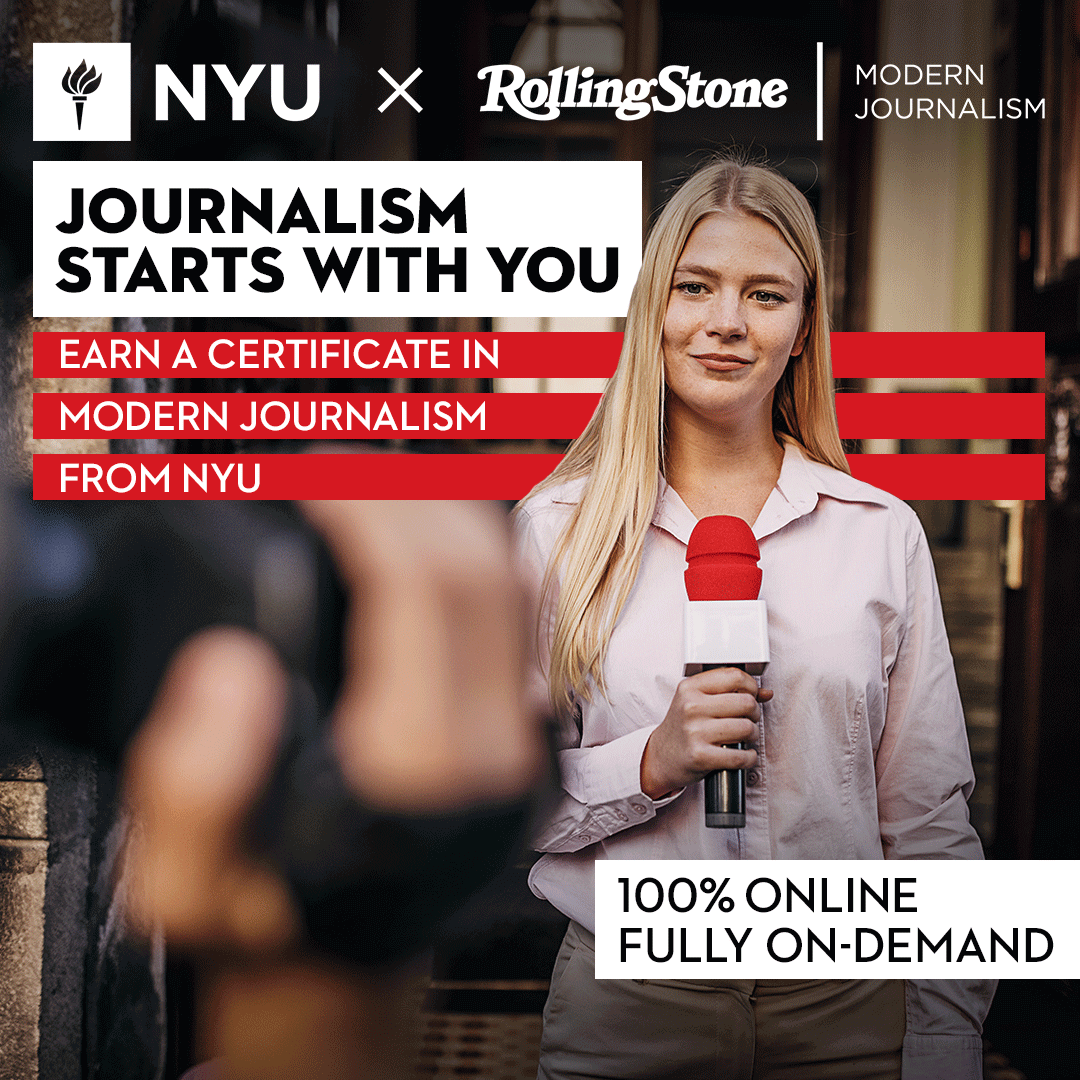Advocating for Animal Rights through Wildlife Journalism
In today’s world, where our natural environment and the creatures that inhabit it face numerous threats, wildlife journalism plays a vital role in advocating for animal rights. This powerful form of journalism not only brings attention to the critical issues affecting wildlife but also highlights the importance of conservation efforts and the need for sustainable practices.
Importance of Wildlife Journalism
Wildlife journalism encompasses various forms of media, including print, online, and broadcast, all aimed at educating, informing, and inspiring the public to take action. By telling compelling stories, capturing captivating images, and conducting in-depth research, wildlife journalists have the ability to shed light on the challenges faced by animals and their habitats.
One of the primary goals of wildlife journalism is to raise awareness about the plight of endangered species. Through in-depth reporting and investigative journalism, these professionals bring attention to the threats faced by animals on the brink of extinction. By highlighting the causes of their decline, such as habitat loss, poaching, climate change, and pollution, wildlife journalists engage the public and encourage them to support conservation initiatives.
Advocating for Animal Rights
In addition to raising awareness, wildlife journalism also serves as a platform for advocating for animal rights. By giving a voice to animals and the conservationists working tirelessly to protect them, journalists can influence public opinion and policy-making. Through their stories, they can expose illegal wildlife trade, unethical practices in animal tourism, and other forms of animal exploitation. By shining a light on these issues, wildlife journalists can help drive change and push for stronger regulations and laws to protect animals.
Conservation Initiatives
Furthermore, wildlife journalism plays a crucial role in promoting the importance of conservation efforts. By showcasing successful conservation projects and initiatives, journalists inspire others to get involved and support these endeavors. They highlight the positive impact that conservation can have on both wildlife and local communities, emphasizing the need for sustainable practices that benefit both humans and animals.
Top Jobs in Wildlife Journalism
From capturing the essence of the natural world through photography and filmmaking to conducting scientific research and advocating for wildlife, this section explores the diverse and impactful roles within the realm of wildlife journalism.
- Wildlife Journalist: As a wildlife journalist, you will report on issues related to wildlife conservation, animal rights, and environmental sustainability. You will conduct interviews, research, and write compelling stories that engage and inform the public.
- Wildlife Photographer: Capturing stunning images of wildlife in their natural habitats is a powerful way to raise awareness about the beauty and fragility of the natural world. Wildlife photographers often work closely with journalists to document stories visually.
- Wildlife Filmmaker: Through documentaries and films, wildlife filmmakers bring the wonders of the natural world to audiences worldwide. They use their storytelling skills to educate and inspire viewers about the importance of conservation.
- Environmental Blogger: Blogging provides an accessible platform to share information and opinions about wildlife and environmental issues. As an environmental blogger, you can advocate for animal rights and conservation through engaging and informative content.
- Conservation Educator: Educating the public, especially the younger generation, about the importance of wildlife conservation is crucial for building a sustainable future. Conservation educators work in schools, zoos, and nature centers to teach people about the importance of protecting animals and their habitats.
- Wildlife Researcher: Conducting scientific research on wildlife populations, behavior, and habitats is essential for informing conservation efforts. Wildlife researchers work in the field, collecting data and studying animal populations to better understand their needs and challenges.
- Environmental Journalist: While not solely focused on wildlife, environmental journalists cover a wide range of topics related to the natural world. They report on issues such as climate change, pollution, and sustainability, all of which have a direct impact on animal rights and conservation.
- Wildlife Advocate: Wildlife advocates work for non-profit organizations, government agencies, or independently to promote animal rights and conservation. They engage in lobbying, public outreach, and awareness campaigns to influence policy and drive change.
- Wildlife Rescue and Rehabilitation Specialist: These professionals work hands-on with injured or orphaned wildlife, providing medical care, rehabilitation, and ultimately releasing them back into the wild. Their work directly contributes to the welfare and conservation of animals.
- Wildlife Policy Analyst: Wildlife policy analysts study and evaluate policies related to wildlife conservation and animal rights. They assess the effectiveness of current regulations and propose new policies to protect and conserve wildlife effectively.
Conclusion
Wildlife journalism serves as a powerful tool for advocating for animal rights and conservation. Through compelling storytelling, impactful images, and in-depth research, wildlife journalists have the ability to raise awareness, influence public opinion, and drive change. By pursuing a career in wildlife journalism, you can make a significant impact in protecting the natural world and ensuring a sustainable future for all living creatures.
Key Takeaways
- Wildlife journalism plays a crucial role in advocating for animal rights and conservation by raising awareness, giving a voice to animals, and promoting the importance of conservation efforts.
- Wildlife journalists have various career opportunities, including wildlife journalists, wildlife photographers, wildlife filmmakers, environmental bloggers, conservation educators, wildlife researchers, environmental journalists, wildlife advocates, wildlife rescue and rehabilitation specialists, and wildlife policy analysts.
- Pursuing a career in wildlife journalism allows you to make a significant impact in protecting the natural world and ensuring a sustainable future for all living creatures.
If you’re passionate about wildlife conservation and animal rights, consider enhancing your skills and knowledge through the NYU | Modern Journalism online course and certificate program. This program offers comprehensive training in journalism techniques, storytelling, ethical practices, and more. Take the first step towards becoming a wildlife journalist and making a difference in the world of animal advocacy.






